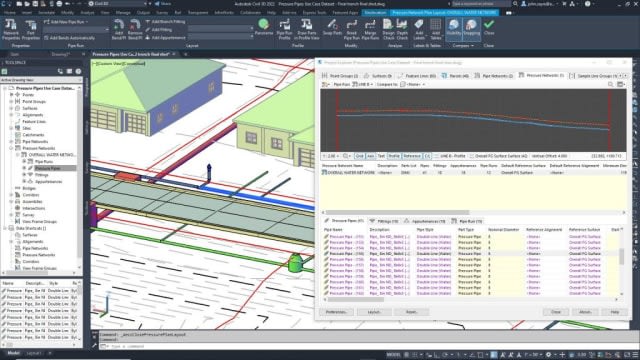Jim14202
Mechanical
- Oct 30, 2019
- 4
We're restoring a 392 Hemi from a numbers matching Chrysler to be used as a daily driver. The car has been in our customer's family since new and the engine rebuilt twice. We plan on using interference fit cylinder liners in all 8 bores as part of the rebuild. Will this allow a future rebuild with cylinder liners of the same size or will the interference fit irreversibly deform the bores and require an oversize liner on the next rebuild?




